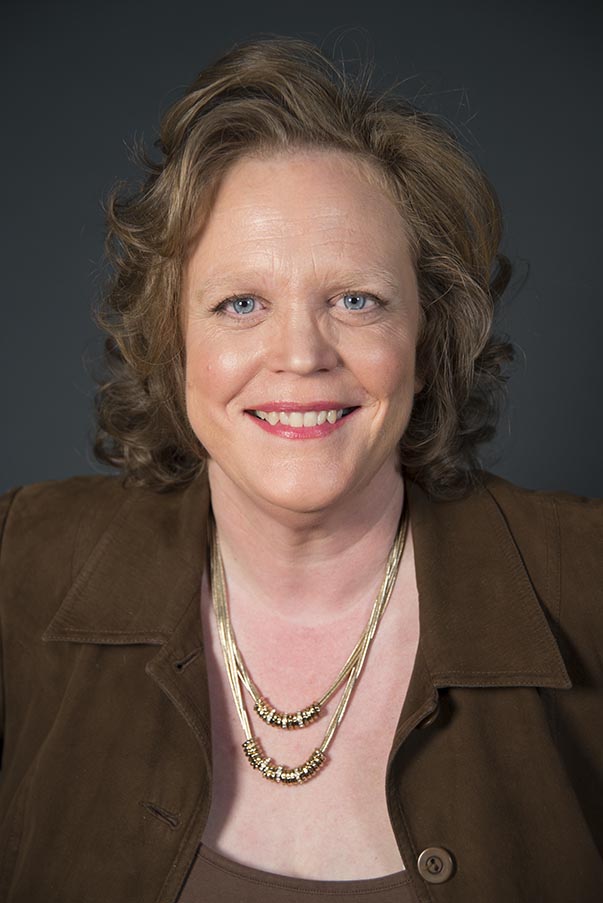During the month of December 2021, AMBITION will be highlighting its top 25 most-read articles of the year in reverse order, in the form of a thought leadership advent calendar. Here’s what is behind today’s door.
As the world transitions out of lockdown, a hybrid workforce brings new challenges to both leaders and teams. Dr Penny Pullan offers advice on how to achieve success through inclusive meetings with hybrid teams
Originally published 26 August 2020.
As the world transitions out of lockdown, some people are returning to work in offices, while others remain working from home. While those in the office are able to interact with colleagues in-person, others are unable to do so, as they are remote from everyone else, either working at home or at another location such as a co-working space or café.
A hybrid workforce brings new challenges to both leaders and teams. When everyone was virtual and working from home, there was a level playing field by default. Everyone had the same access to each other through the now-familiar, two-dimensional, rectangular boxes on his or her screen. Now, in the new hybrid situation, some people have an advantage in terms of richness of communication with their colleagues, while others don’t have access to this. Leaders will need to work hard to retain, and if necessary recreate, that precious level playing field, as otherwise it will disappear. This is a major threat to hybrid teams. It is particularly important to consider carefully how to create a level playing field to have inclusive meetings, which is what we will explore throughout the rest of this article.
In a hybrid team meeting, some people have the advantage of being able to pick up on the nuances and subtleties of body language, voice tone and conversation that come across easily when people are physically in a meeting room together. They can glance over to see what others are doing. They can chat as they come into the room or as they make a cup of coffee. This builds rapport and trust in the very natural way that just happens when people share the same space. On the other hand, remote colleagues are stuck interacting with two dimensional images of people on their screens and, quite possibly, distorted sound picked up by conference room speaker phones. This combination is not fair and puts remote workers at a disadvantage.
One way around this challenge is for the leader to suggest that team meetings should still be held virtually, with everyone using video conferencing technology to connect, so that everyone is equal. This option requires office-based staff to give up the personal interaction in the meeting room, which they enjoy and find useful, to make access to the meeting more equitable all round. This focus on the group and on inclusion is a key part of what I call virtual leadership – a skill and attitude of mind that is needed across the team, as well is by the designated leader.
What works well?
As a virtual leader, before setting up a meeting, consider the needs of each person in the team. What would make it work well for them? What particular adaptations could you make to suit their particular requirements? Don’t forget to consider what you need as well of course.
Whichever way you choose to run your hybrid meetings, ensure that everything is absolutely crystal clear to every single member of the team. It helps to ensure that each meeting has a very clear purpose, which answers the question: ‘What are you here to do today?’ at a high level. Detailed objectives expand on this and provide the topics to focus on during the meeting.
Another critical aspect is the time plan for the meeting. Remember that those who are joining remotely will be at their best for the first hour or so of a meeting, so keep meetings shorter than if everyone was in the office.
Clear responsibilities
Ensure that roles and responsibilities are clear, agreed and shared out amongst all of the team. While it might be easy to ask someone in the meeting room to write down actions on a flip chart, this makes it harder for remote team members to read. A better choice is for someone in the room to share actions on a shared screen, so that everyone can see it. This has the added advantage that the actions can be shared electronically immediately after the meeting too!
To have an inclusive hybrid team meeting, ground rules are essential. Only, don’t call them ground rules as it sounds rather formal and limiting. I prefer to call them: ‘How we work together today’. Some ground rules might reinforce the inclusion agenda: ‘One conversation at a time’ and ‘It’s important to hear everyone’s voice’. Others anticipate problems and make it much less likely that they occur: ‘Mute if you’re in a noisy environment, such as barking dogs or children playing’ or ‘State your name when you agree to take on action’. Talk about how you will work and ask each person for their input. Agreeing to ‘poll the group’ every 15-20 minutes means that you’ll have a check-in from each person regularly, reinforcing that each person counts. Of course, if you agree to do this randomly, then remote people are more likely to stay focused, anticipating that they could be called on at any moment.
As you approach the end of your meeting, run through the actions, checking with each person that they are happy to take on the action, that they can deliver by the deadline and that they will still feel 100% committed to carry out the action after the meeting. (If the answer is that they are not 100% committed, then agree an amended action. After all, far better to have an imperfect action that gets done than the perfect action that never happens!)
Review and learn
The final step in a hybrid team meeting should be to review and learn lessons for the future. I ask each person in turn: ‘What worked well this time?’, and then: ‘What could we do differently next time to make it even better?’ Use the lessons from the positive experience this time, as well as the improvement ideas, to make your next meeting even better.
Having fun together in your hybrid team meetings is a great way to bring everyone together. With a little creativity, you can design a shared and inclusive experience! One team I know provided boxes of treats, nibbles and drinks, crafted to suit the preferences and dietary requirements of each individual team member. These were sent to each remote team member by post, clearly marked: ‘Keep for the team meeting on 6 August’, and provided to in-person team members at the meeting. When the time came, people opened up their treat boxes and joined in with their colleagues via video. This was great fun, showed each team member that they mattered and turned the team meeting into a memorable, multi-sensory experience, despite it being mediated by technology.

Dr Penny Pullan is an expert in Virtual and Hybrid Leadership. She’s the author of the bestseller and CEO Today Top 5 book for lockdown: ‘Virtual Leadership: Practical Strategies for Getting the Best Out of Virtual Work and Virtual Teams’ https://www.koganpage.com/product/virtual-leadership-9780749475963
Penny works with leaders and teams who are grappling with the challenges of our virtual and hybrid world, to enhance collaboration and effectiveness across dispersed and hybrid teams.
You can contact Penny via her company www.makingprojectswork.co.uk, via LinkedIn https://www.linkedin.com/in/pennypullan or via Twitter www.twitter.com/pennypullan.



